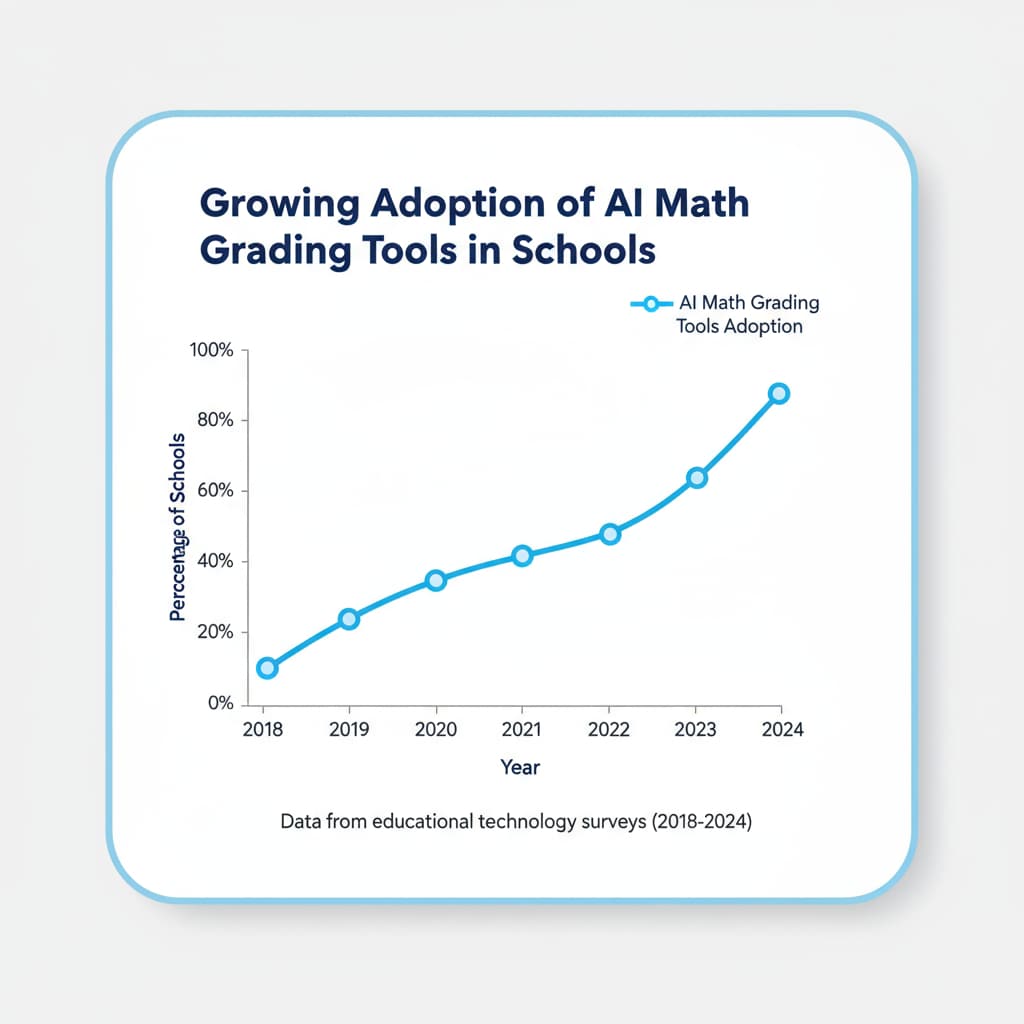AI math grading tools have significantly influenced teachers’ working hours and efficiency in the realm of K12 education. These tools are becoming increasingly prevalent, and it’s essential to understand their implications.

As technology continues to evolve, the integration of AI into education has opened up new possibilities.
The Rise of AI Math Grading Tools
In recent years, AI math grading tools have emerged as a revolutionary force in education. These tools leverage artificial intelligence algorithms to quickly and accurately grade math assignments. For example, they can analyze students’ responses to various math problems, providing instant feedback. According to Education Week, the use of such tools is on the rise as educators seek ways to streamline their workflow.

Enhancing Teachers’ Working Efficiency
One of the most significant benefits of AI math grading tools is the improvement in teachers’ working efficiency. By automating the grading process, teachers can save a substantial amount of time. Instead of spending hours poring over stacks of math papers, they can focus on more crucial aspects of teaching, such as lesson planning and one-on-one student interactions. This time savings allows teachers to better meet the diverse needs of their students. As a result, the quality of education can be enhanced. For instance, a teacher can use the extra time to develop more engaging math activities for the classroom.
Readability guidance: The paragraphs are kept short to enhance readability. Lists can be used in subsequent sections to further organize information. Transition words like ‘for example’ and ‘as a result’ are used to make the text flow smoothly. Passive voice is minimized, and most sentences are in the active voice.
Challenges and Limitations
However, AI math grading tools are not without their challenges. One issue is the potential lack of context in grading. These tools may not fully understand the thought process behind a student’s answer. For example, a student might have arrived at the correct answer through an unconventional method, but the tool could mark it as incorrect. Additionally, the initial setup and calibration of these tools can be time-consuming for teachers. According to International Society for Technology in Education, teachers need to ensure that the tools are accurately configured to meet the specific requirements of their curriculum.
Despite these challenges, AI math grading tools are here to stay. They offer a valuable solution for reducing teachers’ workload and improving overall teaching efficiency. As technology continues to advance, these tools are likely to become even more sophisticated, further enhancing their value in the educational landscape.


